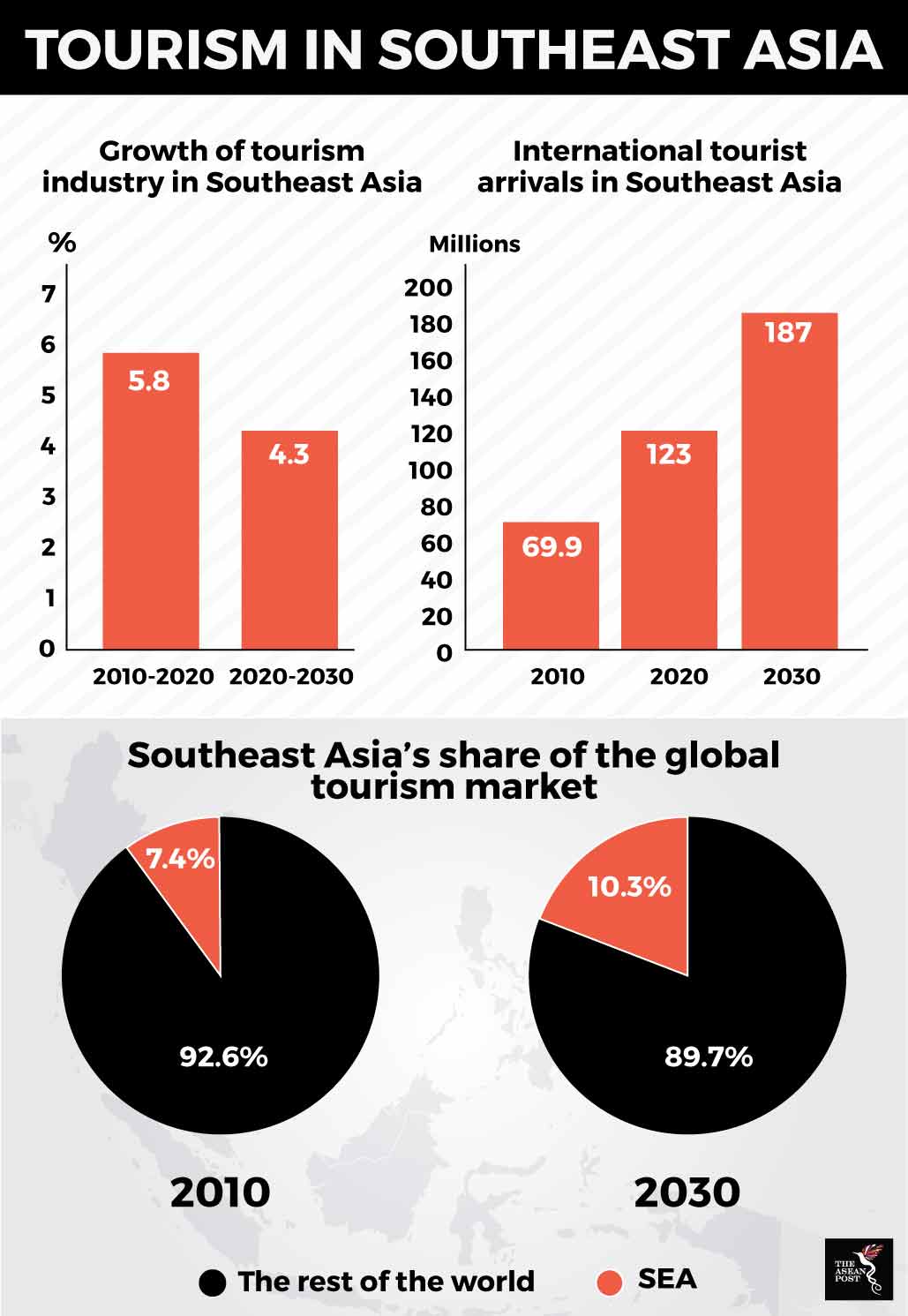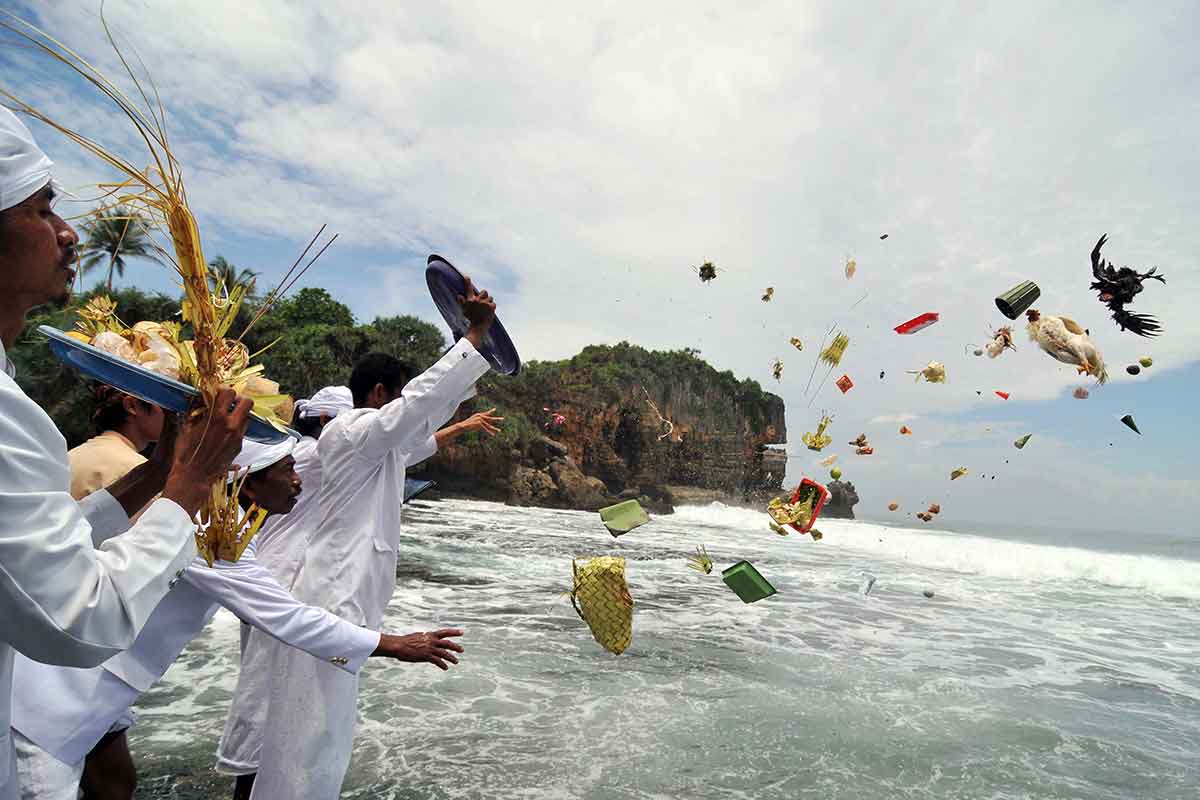When the organisers of the Mekong Tourism Forum (MTF) were looking for a venue for their 2017 event, they weren’t quite sure if Lao PDR’s UNESCO World Heritage town Luang Prabang would be able to handle the magnitude of the event. The ancient town located at the confluence of the Nam Khan and Mekong rivers in northern Lao PDR is considered by many as the heart of Laotian culture. However, the tiny town situated 700 metres above sea level and encircled by breath-taking mountains does not have its own convention centre.
Against the backdrop of glistening temples, crumbling French architecture and stunning natural heritage, the organisers instead took 16 session venues, 15 official hotels, eight local restaurants, 10 post tour operators and almost 20 catering companies and made the entire town a consortium of co-hosts for the event. Mekong Tourism Coordinating Office Executive Director, Jens Thraenhart, said that the MTF 2017 – aptly themed “Prosper with Purpose”, aimed to be highly inclusive and experiential, integrating many local businesses to play host for the sessions and activities.
“As we have tried to match topics with venues, delegates will have the opportunity to experience the destination while discussing river cruising on a river boat, food tourism in a restaurant, sustainable tourism on a rice field, ecotourism in a botanical garden, heritage tourism in a traditional arts centre, talent development in a hospitality training centre, and women-led enterprises in a women-led social enterprise – making for more engaging and relevant discussions,” he said in the United Nations World Tourism Organisation’s (UNWTO’s) Global Report on Inclusive Tourism Destinations.
Double-edged sword
When done sustainably, tourism can be a substantial tool for socio-economic development. The sector represents 10 percent of the world’s gross domestic product (GDP), 30 percent of services exports, and provides one out of every 10 jobs globally.

Sources: Various sources.
As a sector, tourism is interlinked with every other sector in the economy. The sector is also flexible, with the ability to base its operations in rural and urban settings. Both these factors give the tourism sector the ability to make an impact across all dimensions of sustainable development.
However, these very characteristics also makes tourism a risky business if it is not planned and regulated properly. This could potentially lead to overtourism, pollution and greenhouse gas emissions, unfair working conditions, as well as erosion of biodiversity, heritage and community values.
According to UNWTO’s Secretary-General Zurab Pololikashvili, through a well-planned and managed tourism sector inclusive tourism has the capacity to help to bridge the gaps that exist in the global, connected society and ultimately contribute to minimising social divides worldwide, contributing to several of the Sustainable Development Goals (SDGs).
“…in many regions, youth and female labour participation in the tourism sector is above parity when compared with other economic sectors. Tourism and associated sectors, with their entry-level job opportunities in a wide range of economic areas, can be crucial for these and other disadvantaged groups of society to enter the labour market and become empowered and more self-sufficient,” said Pololikashvili.
Community-wide benefits
The Nglanggeran village, part of the 13 geosites of Gunung Kidul in Yogyakarta boasts three main tourist attractions: the Ancient Volcano – a gigantic mountain-sized rocks with a marvellous view, a hilltop pool overlooking an expanse of mountains and waterfalls, and the local charm and culinary skills of the surrounding rural communities. In 2017, the village that welcomed more than 5,000 visitors monthly and was elected the best Tourism Village in Southeast Asia
Through its various community-wide tourism development programs run entirely by local youth, the village managed to develop business opportunities across the tourism value chain, develop products based on identity attributes, and promotes its local, natural and cultural values.
The village’s “live in” program allows visitors to have meaningful interactions with the local community while learning crafts such as making batik masks and handicrafts from coconut leaves. Visitors can also learn about the local cultural heritage such as the traditional “Jathilan and Reog” dance, river fish catch and release, paddy planting and Nglanggeran’s various culinary dishes.
The success and sustainability of a tourism operation relies heavily on how it is being operated. Stakeholders including the government, business operators and local communities need to identify how to maximise the positive impacts while minimising the negative impacts. Wielded responsibly, tourism is a powerful tool for not only income generation, but also social development.
Related stories:
Vietnam: Southeast Asia’s tourism star
